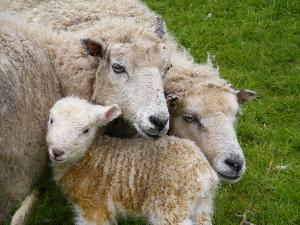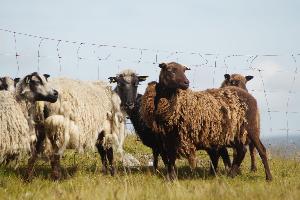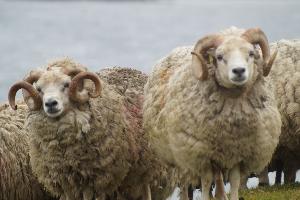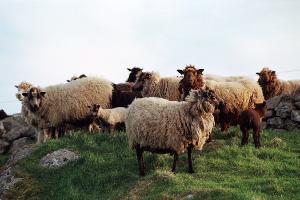Shetland WoolYou might think all Shetland Wool is created equally but there are a number of factors which make Shetland Wool from Shetland Sheep living in Shetland all the more special!     Climate: Shetland experiences a maritime climate, characterized by cool summers, mild winters, and high levels of humidity and precipitation throughout the year. The consistent moisture in the air, combined with the moderating influence of the surrounding ocean, creates ideal conditions for lush grasslands, which serve as the primary food source for Shetland sheep. The cool temperatures also contribute to the development of a dense, insulating fleece on the sheep. Terrain: The rugged, undulating landscape of the Shetland Islands provides diverse grazing grounds for the sheep. From windswept moors to sheltered valleys, the varied terrain exposes the sheep to different forage types and grazing conditions, which can influence the quality and texture of their wool. Vegetation: The vegetation on the Shetland Islands consists of a mix of grasses, heather, herbs, and other wild plants. The diverse diet of the sheep, comprising both native and introduced vegetation, contributes to the unique composition of their wool. The nutrient-rich grasses and plants provide essential vitamins and minerals that promote healthy wool growth. Isolation: The relative isolation of the Shetland Islands has led to the development of a distinct breed of sheep known for its fine, soft wool. Over centuries, Shetland sheep have adapted to their environment, evolving traits that make them well-suited to the island's conditions, including their wool quality. Selective Breeding: Traditional husbandry practices on the Shetland Islands have focused on selecting sheep with desirable wool characteristics, such as softness, warmth, and a wide range of natural colours. Through selective breeding, Shetland sheep farmers have preserved and enhanced the unique qualities of Shetland wool. In summary, the environment of the Shetland Islands, characterized by its maritime climate, diverse terrain, rich vegetation, isolation, and selective breeding practices, plays a crucial role in shaping the quality, texture, and characteristics of native Shetland sheep's wool. Every year we take in over 80% of the entire Shetland Islands Wool Clip, it is sorted and graded here by us then we transport it to the mainland to be commision spun into our yarns. |






